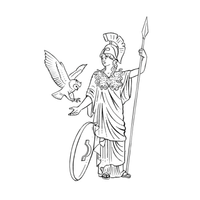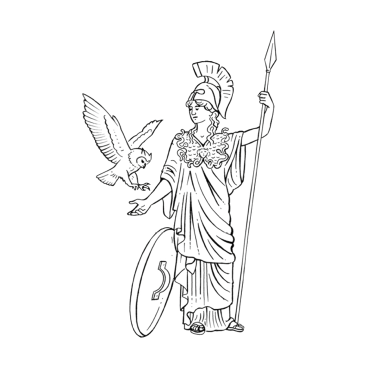What a report on the spending of female billionaires tells us about the future of museum collections
Between 2015 and 2024, the number of female billionaires grew from 190 to 344. Could this be good news for the art world?
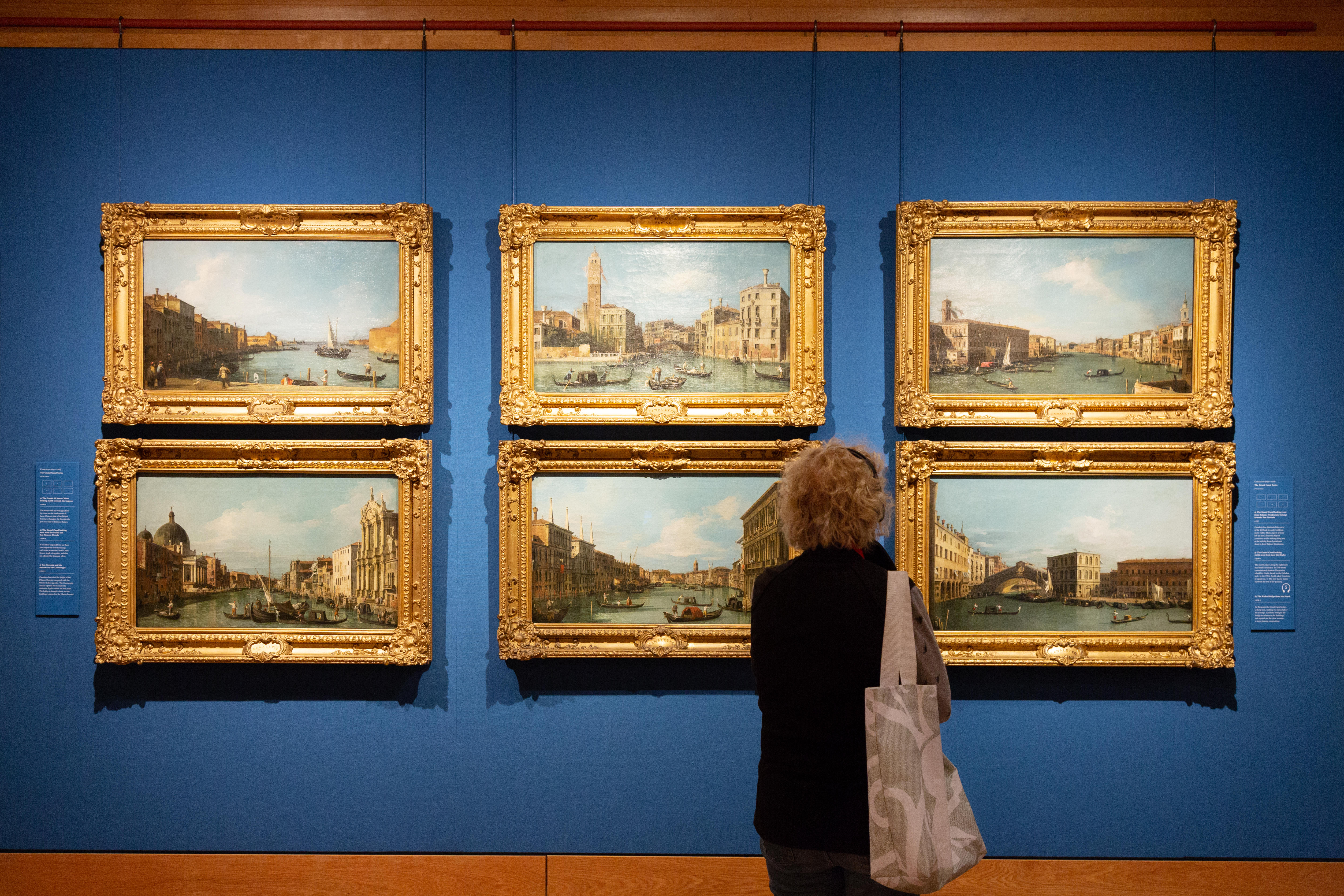
Anyone fascinated by the lives of the ultra rich — which seems to be most of us — and in particular the part that art plays in it, will enjoy digging into the latest Survey of Global Collecting. Published by Arts Economics on behalf of the contemporary art fair Art Basel, it is available free of charge.
Although a dry read — no collectors are named — it’s full of intriguing nuggets. Its author, Clare McAndrew, has analysed the responses to a survey of 3,100 collectors who are either High Net Worth Individuals — those with disposable household financial assets (so not including property) of $1 million or more — or Ultra High Net Worth Individuals, with assets of more than $1 billion. As far as art collecting is concerned, their activities are important for the British economy, as the UK remains one of the world’s three largest art markets: with the USA and China (which, unlike the UK and USA, imports more than it exports), it accounts for 66% of global value.
The overarching statistic is staggering: in 2024, millionaires made up 1.6% of the global adult population, but owned 48% of its wealth. Yet there is one way that the distribution of global wealth is becoming more equitable — between the genders. Athena is delighted that Dr McAndrew has focused in detail on the impact that the richest women are having on the art market. In terms of their growing financial clout, it is significant. Between 2015 and 2024, the number of female billionaires grew from 190 to 344. Although this is only 18% of the world total of billionaires, women control more than one-third of global wealth and are projected to control 75% of discretionary spending world-wide within five years.
'Financial investment is a less important motive for collecting for these women than it is for men, with the consequence that women are less likely to be swayed by the public profile of an artist'
The report highlights some telling differences between men and women in these alpine reaches of the market. In particular, women are more interested in women artists. In their collections, 49% of the works are by female artists, compared with 40% in men’s, and women spent an average of 47% of their outlay on art in 2024–25 on female artists, compared with 41% for men.
Financial investment is a less important motive for collecting for these women than it is for men, with the consequence that women are less likely to be swayed by the public profile of an artist: 55% of the women reported buying works by unknown artists frequently or often, compared with 44% of men.
Although painting and sculpture remain the favourite media for both genders, and men are slightly ahead for works on paper, female buyers are broader in their range — they are, for example, more likely to collect photography, digital art, installations and textile-based art.
Given that considerably more women than men intend to donate works to the public (75% compared with 64%), the report provides a riveting glimpse into the future shape of our museum collections.
Exquisite houses, the beauty of Nature, and how to get the most from your life, straight to your inbox.
Athena is Country Life's Cultural Crusader. She writes a column in the magazine every week
-
 A simply perfect thatched cottage in Devon, with charm, walled gardens and all the space you need for family life
A simply perfect thatched cottage in Devon, with charm, walled gardens and all the space you need for family lifeThatched cottages are often pretty, but pretty small — but Julie Harding finds one brings which blends cottage charm with the space of a country manor.
-
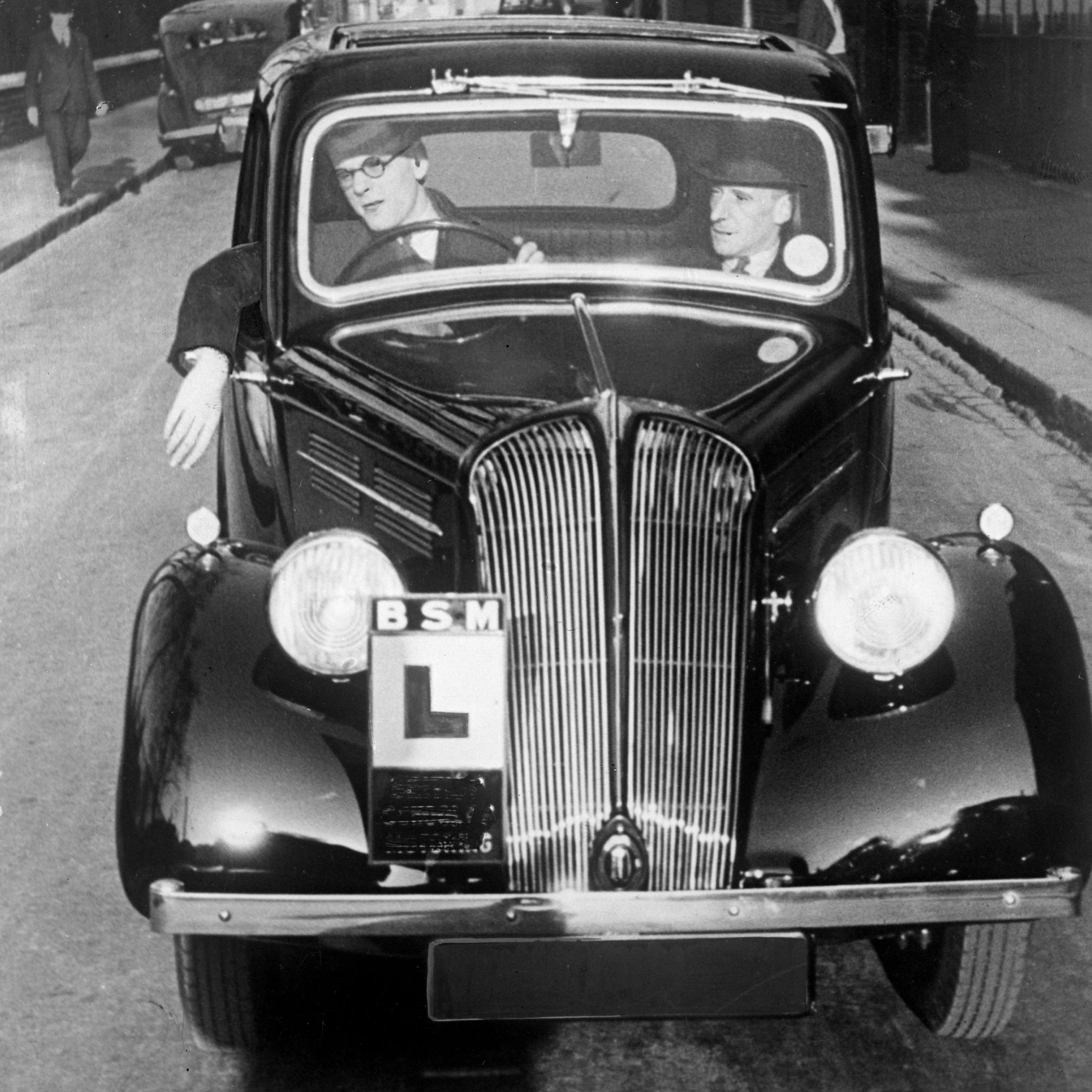 How many people pass their driving test first time? Country Life Quiz of the Day, November 13, 2025
How many people pass their driving test first time? Country Life Quiz of the Day, November 13, 2025Test your general knowledge in today's Country Life quiz.
-
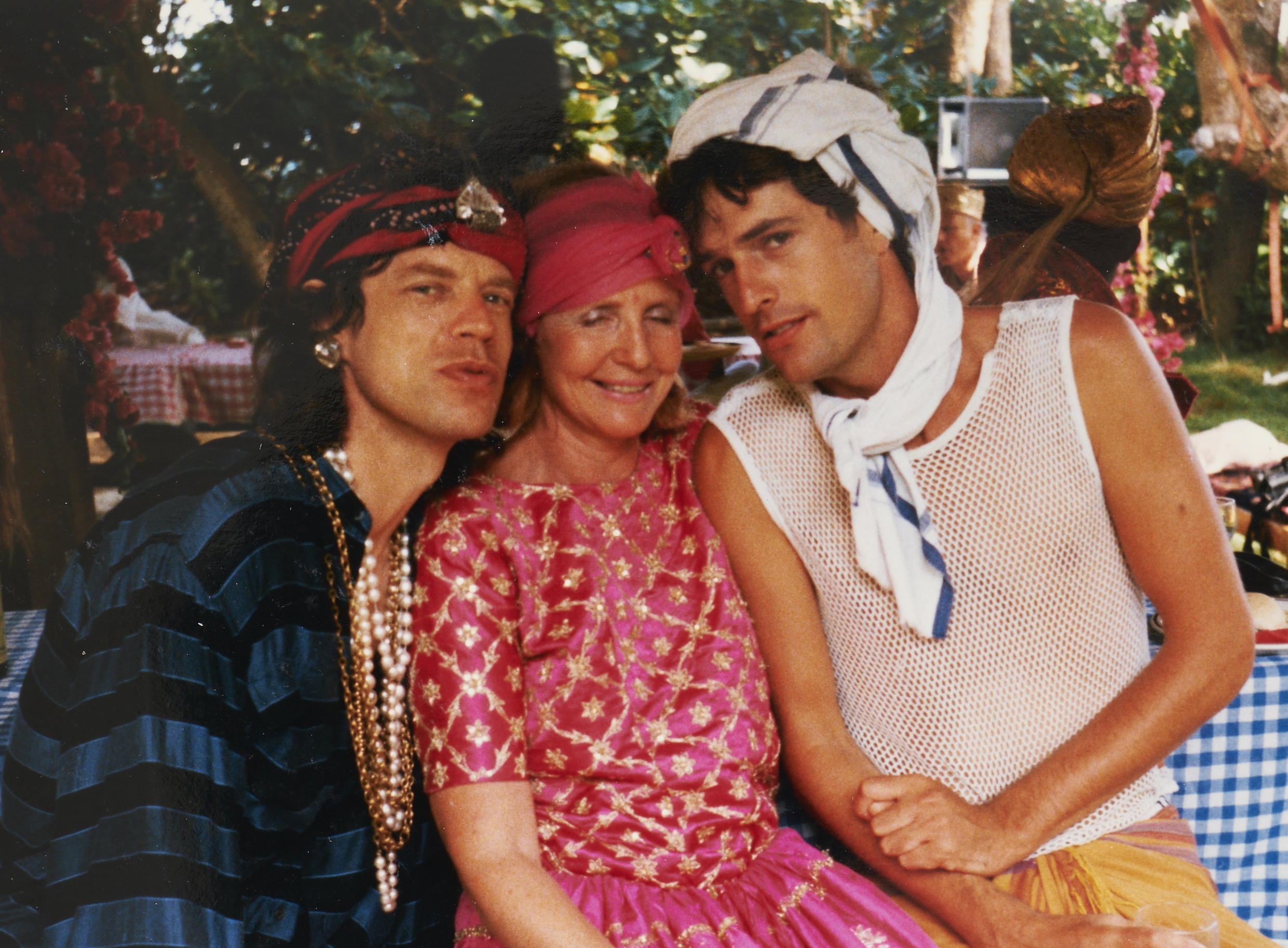 Items from the collection of Lady Glenconner are going under the hammer, including a nine-carat gold Cartier box gifted to her by Elizabeth II
Items from the collection of Lady Glenconner are going under the hammer, including a nine-carat gold Cartier box gifted to her by Elizabeth II‘I have had such great pleasure living with these wonderful objects, each telling their own fascinating story.’
-
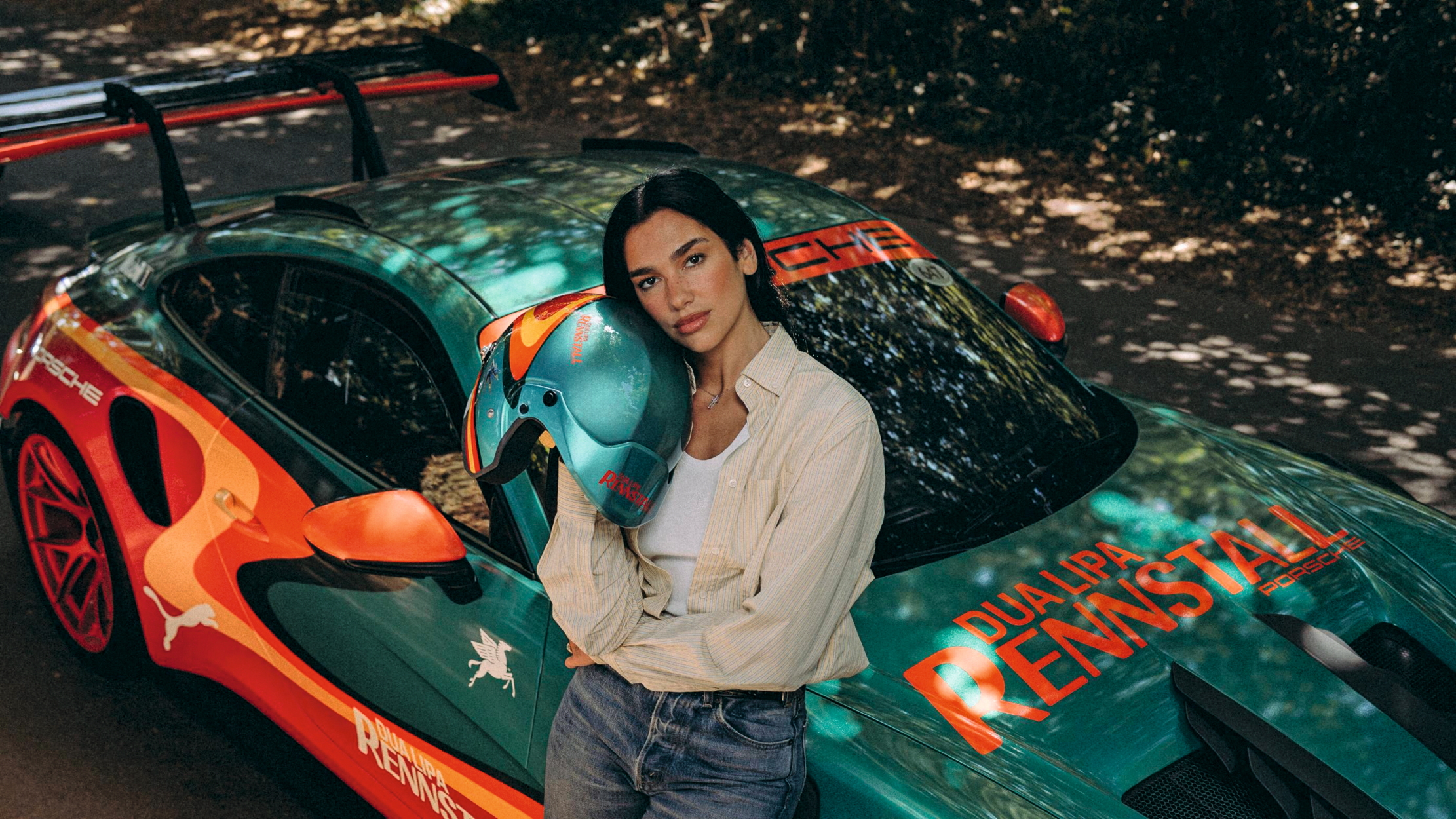 What do women want (on wheels)?
What do women want (on wheels)?James Fisher gets to drive fast cars for a living, but are sleek lines and high horsepower quite the 'babe magnets' so many men think they are? On a quest to find the truth, he dared do the unthinkable.... which was to just ask them.
-
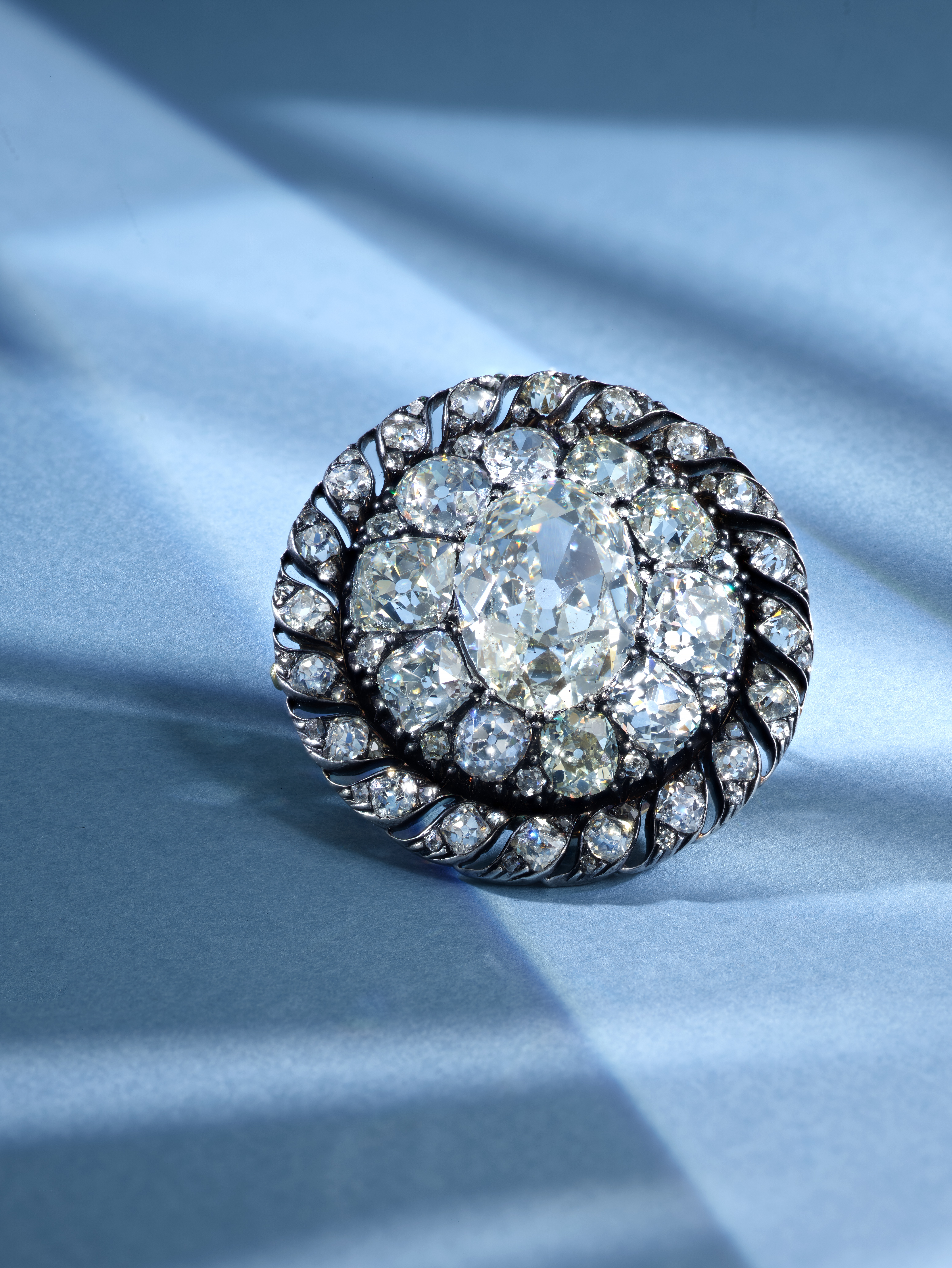 Cheaper to steal than to buy: Napoleon's brooch sells for £4.4 million – 17 times its estimate
Cheaper to steal than to buy: Napoleon's brooch sells for £4.4 million – 17 times its estimateNapoleon's one-of-a-kind brooch went under the hammer and vastly outstripped its pre-sale estimate.
-
 Savile Row might be the beating heart of bespoke men's tailoring, but it was named after a woman
Savile Row might be the beating heart of bespoke men's tailoring, but it was named after a womanSavile Row is the home of the bespoke suit, but its history is a lot more colourful than you might expect.
-
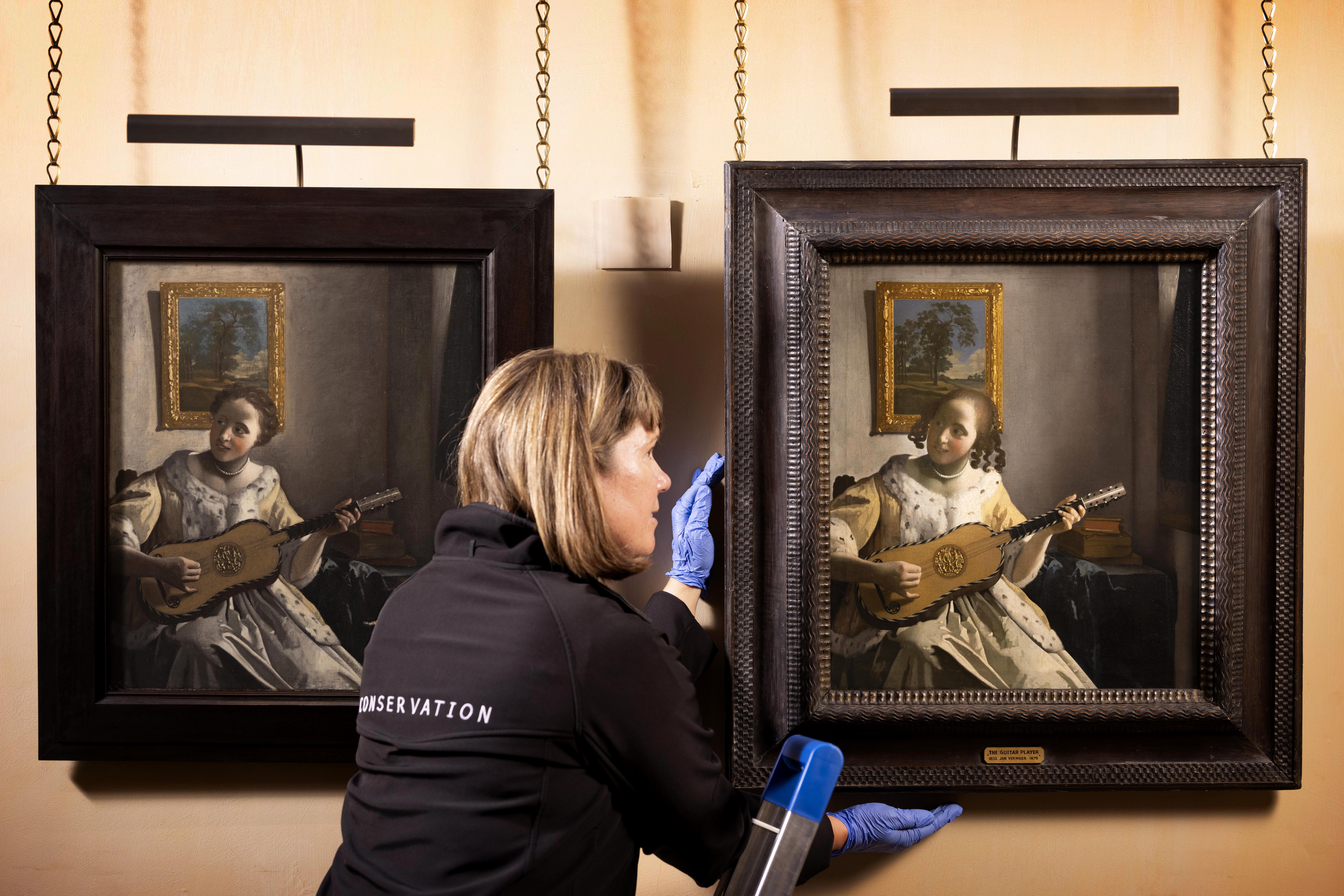 A painting owned by Edward Guinness is on display next to a near identical version at Kenwood House — but which one is the real Vermeer?
A painting owned by Edward Guinness is on display next to a near identical version at Kenwood House — but which one is the real Vermeer?A mini exhibition at Kenwood House allows viewers to ‘to practise their own connoisseurship’.
-
 What is everyone talking about this week: The great generational wealth transfer foretold by the financial press has already begun in the form of given heirlooms
What is everyone talking about this week: The great generational wealth transfer foretold by the financial press has already begun in the form of given heirloomsIf you're planning to propose to someone forget Graff or Cartier because it's time for tea with Granny.
-
 Omoda 9: Not a Range Rover, but it might be the next best thing
Omoda 9: Not a Range Rover, but it might be the next best thingOmoda, one of the host of Chinese-made cars now on offer in the UK, presents its flagship SUV. We found a car of no frills, and plenty of luxury, at an extremely reasonable price point.
-
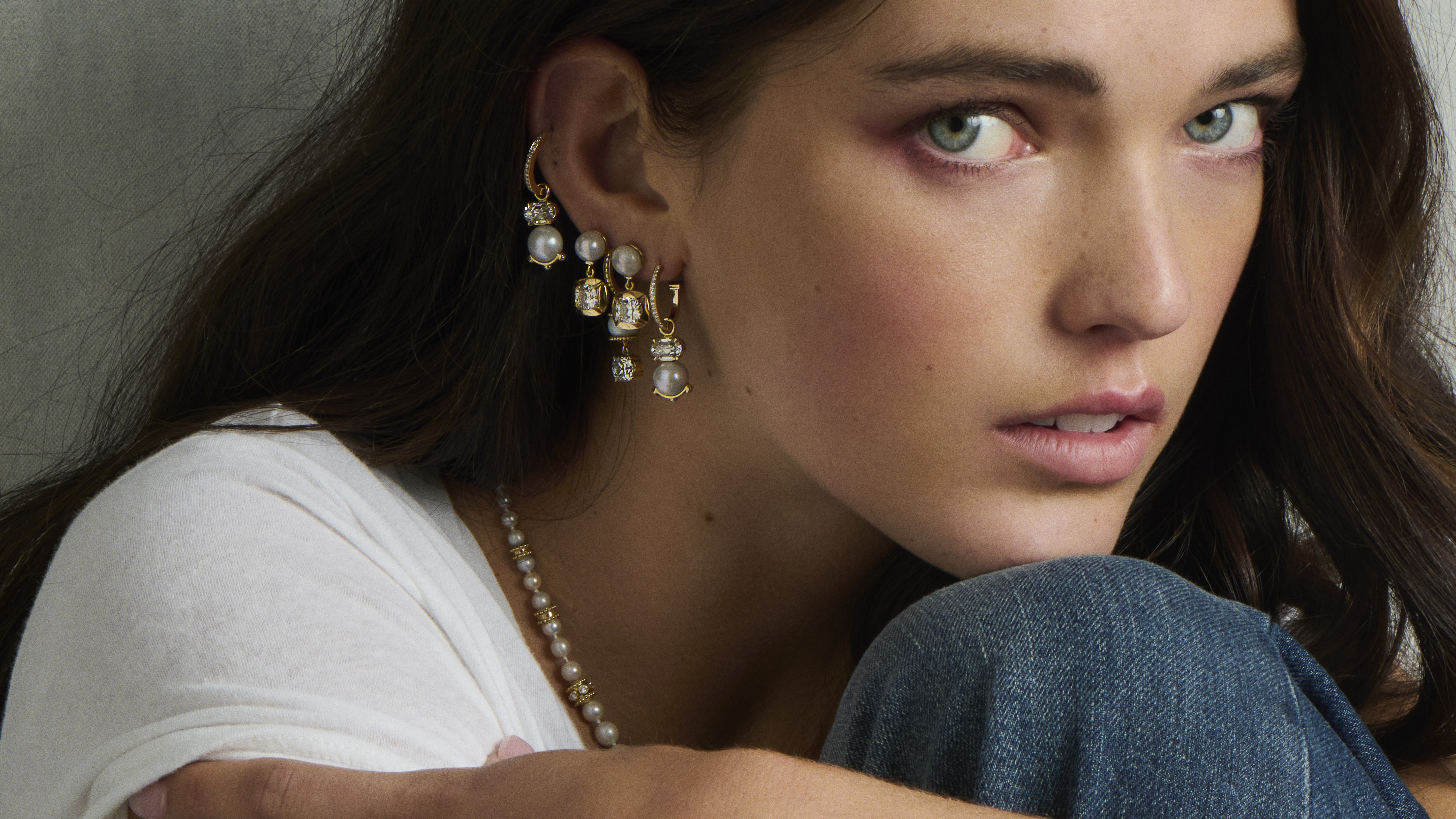 A handful of Scotland's last available freshwater pearls have been transformed into 'mesmerising' pieces of jewellery
A handful of Scotland's last available freshwater pearls have been transformed into 'mesmerising' pieces of jewelleryEdinburgh jeweller Hamilton & Inches have been trusted to handle the incredibly rare organic gemstones.
